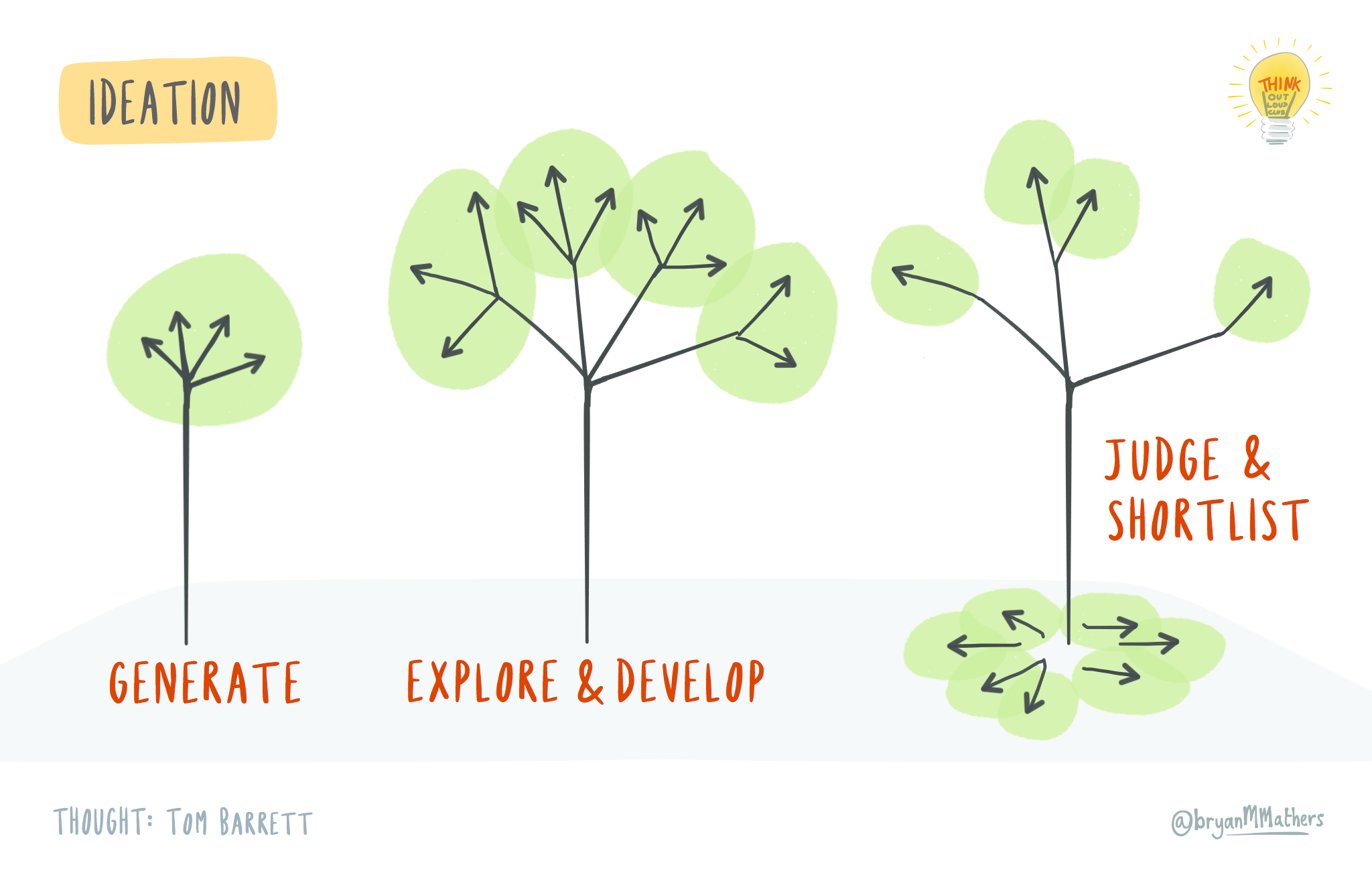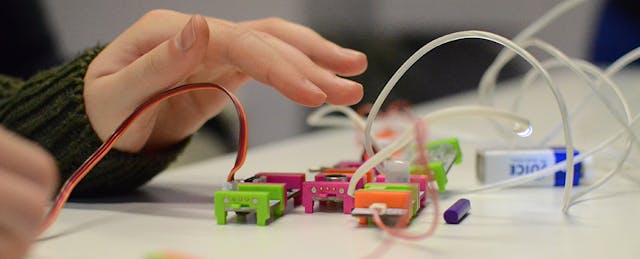When the visual and performing arts, the musical and recording arts, and the theatrical and graphical arts are seen as mere luxuries or add-ons within the walls of a school, powerful forces are thereby prevented from transforming routine schooling into a renaissance of learning.
But who has the time or the funding to allow that to happen?
Instead, let’s ask ourselves: How can these constraints compel us to leverage our creativity? For instance, let's look at the constraint of time. Time is a powerful variable driving the operation of schools. Just consider the constructs of grade levels, attendance and seat time, school days and class periods, final exams and grade reports, and standardized testing. Will we ever see learning as having only an illusionary progression when we track it over time in the ways listed above?

The reality is, within and outside of schools, learning is taking place in ways that are profoundly nonlinear—cyclically, recursively, seasonally, developmentally, reactively and divergently (shown above). The non-linearity of learning is not a new idea. Conditions in society’s economic and technological spheres, however—at levels from local to global—have amped up stresses on our schooling systems more than ever before as we work within the confines of time.
What forces, then, may allow us to break the chains with which time and funding bind us to those linear practices? My answer to you is this: We must bring more arts programming—and blend it with the maker movement—into our schools.
Stretching resources: Why the maker movement can’t survive on its own in schools
The sharing economy, the do-it-yourself movement, and the resurgence of entrepreneurial activity have pushed acceptance of the maker movement, as well. But now, the race is on for schools to determine the role of “making” in the curriculum and the culture. So then… how are “making” and the maker movement uniquely powerful as avenues of learning—and where might it come up against resistance?
Some schools have welcomed aspects of the maker movement, whether by creating additional activities like robotics clubs that fall under the “enrichment” umbrella, integrating making into curriculum content for physical science or engineering classes, or bringing in “Hour of Code,” and subsequently creating coding courses. None of these ways or reasons for making are wrong or objectionable. As schools incorporate making into more areas of the building and the schedule, each individual school will find its own unique way to harness the good that making brings.
But as this happens, be prepared for detractors and disappointments as space, personnel, materials, and time are stretched. For example, the products of some making work may appear trivial or lacking in obvious merit to some people. For instance, a table covered in small 3D printed objects or a monstrous contraption that falls apart before getting to a student’s home may be seen as wasteful. An appreciation for what making brings to the culture in a school and the sense of self-efficacy of the learner may not be apparent when looking at the products that are made.
Let’s look at how the arts are well-suited as an avenue for maker culture—to take skeptics, and turn them into supporters.
A symbiotic relationship: Incorporating making into school and arts programming
Schools put on performances of many kinds, because they build social connection and school spirit, and act as an outlet for student zeal. Athletic competitions are one kind of performance, and so are plays, musicals, and even dances. Athletics are typically supported and funded as long as possible—drama and music, however, are often on the chopping block.
I have come to see the blending of the maker movement into school arts programs as a way to invigorate school climate, engage all learners, and save art programming from the risk of being cut. Maker culture can infuse any and all areas of performing and visual arts—and here are a few examples.
Let’s remember what is powerful about a “Making mentality,” first off:
- Creativity: Making engages a student’s mind creatively and practically. The senses are engaged as emotions and thoughts are shared in community with others.
- Technical Skills: In Maker culture, engineering skills develop without always needing to be explicitly taught. Tools used in the world outside of school are put into the students’ hands.Time seems to fly by, and students don’t want to put away their work.
- Collaboration: Real problems are solved and social groups are formed around relevant, challenging endeavors.
- Reflection: Reflection happens as students discuss their progress and wonder aloud about the possibilities.
With those elements in mind, let’s look at the performing arts like theatre: a theater department can be a mecca of technical know-how and creation even beyond the stage. The lighting, sound, costumes, set design, props, and costumes are rich in opportunities for maker development. Both analog and digital sound systems, as well as manual and computer controlled light boards and spotlights, offer technical skill opportunities that a Maker mindset can tackle. Sound effects, construction of scenery, rigging of curtains, building of sets, all offer opportunities to solve problems in a collaborative manner, and reflecting on the outcomes of developing those elements once a show is over can provide some incredible learning.
What about the visual arts like photography and graphic design? Photography, storytelling, social media and the generation of portfolios for students’ progress all have a role in expressions of Maker culture and performing arts. Graphic design, video editing, green-screen technology, web-page design, all develop skills with real transfer to skills in business, entrepreneurship, public relationships, and marketing. The skills that a Maker develops are not necessarily directly applicable to building a resume, but students see themselves as people who can pull off a production or promote their product, developing skills that help them succeed outside of school.
What about film? Making and editing short films, promoting community-wide challenges, and getting the word out are empowering exercises that build collaborative skills and confidence. Storyboarding, scriptwriting, casting, and making decisions that have real effects within a school offer opportunities to empathize, brainstorm, iterate, and build a culture where students have roles beyond the passive role they must often play in the classroom.
And don’t forget—there are some incredible crossover opportunities, like between theatre and graphic design. Take the creation of promotional materials and playbills for theatrical performances at a school. After all, isn’t the concept of blending different subject matter at the heart of the maker movement?
The learning that takes place within the arts as a discipline has cyclical, developmental, and linear features, and a rich arts program that is sustained by a strong maker culture brings together the best of all worlds. Perhaps the creative convergence of a thriving arts culture and the iterative nature of a robust maker culture—moving us towards a renaissance of learning—is exactly what our schools need.


